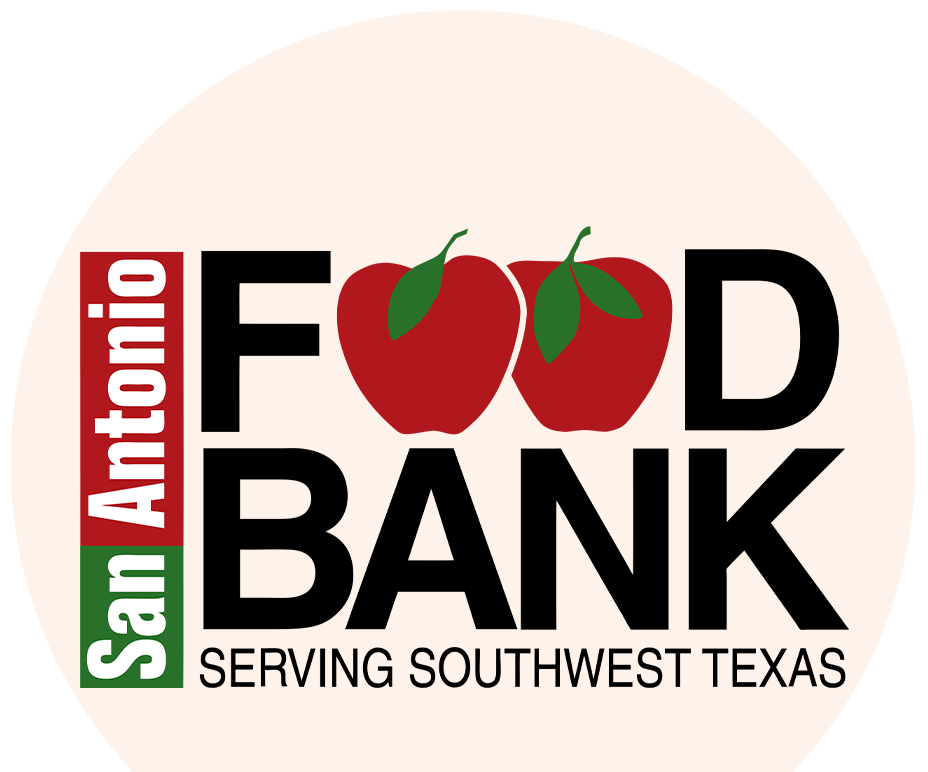OB Pre-Natal Care
Weeks 32-35
You are one step closer to meeting your baby. One way to prepare for your baby’s arrival is to look for a pediatrician or doctor specializing in childcare. Check out this week’s Caregiver’s Corner to hear from our CHRISTUS Children’s Pediatric Nurse Practitioner about finding a provider that is right for you and your baby. In this week’s Nutrient Needs, we share ways of addressing constipation with the help of fiber and water. Keeping a regular exercise routine that includes walking, dancing, swimming, or gentle yoga can also be a great tool for having regular bathroom visits. Check out our fiber-rich recipes and Partner Activities below for more ways to relieve constipation.
Developmental Milestones
- My Baby: At 33 weeks, they are the size of a pineapple, approximately 16.5 inches long, and weigh between 4 and 5 pounds. Their brain and lungs are still developing as they continue to build their fat stores.
- My Body: You might feel shortness of breath or have trouble sleeping on your back throughout the night because of the added pressure from your baby. Try laying on your side with extra pillows for support to alleviate any discomfort.

Nutrition Needs
Fiber
Fiber is a complex carbohydrate made of many sugar units we call glucose that cannot be broken down by your body. Fiber supports a healthy digestive system by moving waste along the digestive tract and adding bulk to stools. The Dietary Guidelines for Americans recommends 25-36 grams of fiber per day for pregnant women, depending on their age and trimester. Many Americans struggle with meeting this goal. In addition, increasing fluid intake to 2.5-3.0 liters a day can improve the benefits of an increased fiber diet. Be sure to talk with your healthcare provider if you are experiencing constipation.
Types of Fiber
It is important to note that there are two types of fiber: soluble and insoluble.
-
- Soluble fiber can dissolve in water and forms a gel-like substance which helps with passing bowel movements (aka poop). Some sources of soluble fiber are apples, bananas, oatmeal, peas, black beans, Brussels sprouts, and avocados.
- Insoluble fiber cannot dissolve in water, which adds bulk to stools, making it easier to use the restroom. Some sources of insoluble fiber are quinoa, brown rice, legumes, leafy greens, almonds, walnuts, whole wheat products, and fruit with edible skins like pears and apples.
Both fiber sources are needed to help promote regular bathroom visits and alleviate the struggles of constipation.
Tips and Tricks
Here are a few ways you can add more fiber to your diet.
-
- Add more fiber to your morning routine by making a bowl of oatmeal with nuts and berries.
- Fill up any meal with non-starchy vegetables, like spinach, bell peppers, Brussels sprouts, or cauliflower.
- Choose whole-grain bread, brown rice, or quinoa for lunch or dinner.
- Use beans, lentils, or peas in your salads, soups, or as a dip for added fiber and protein.
Recommended Recipes

Family Engagement Activity
- Do something active and fun with your partner or family. Staying active during pregnancy not only helps to maintain your weight but can also help minimize potential complications and enhance your overall well-being.
- If you would like to read more about what physical activities are safe for you during this time, check out what the American College of Sports Medicine has to say here and confirm with your healthcare provider.
Caregiver's Corner
How to Find a Pediatrician
In this section’s Caregiver’s Corner, Heather Boroweic, a Pediatric Nurse Practitioner for CHRISTUS Children’s, gives useful advice when looking for a healthcare provider for your baby once he is born.
-
- Start by doing some research. Ask family, friends, coworkers, and your own doctor for pediatrician recommendations. Building a trusting relationship with your pediatrician is very important to navigating your baby’s health.
- Call the doctor’s office to confirm that they are in-network with your health insurance. Out-of-network providers do not take your health insurance and may require your visit to be paid completely out-of-pocket.
- Ask the office manager or receptionist how soon you should schedule an appointment after delivery. The pediatrician who will look after your baby in the hospital is usually a different physician than the one you will see for regular checkups, so scheduling that first doctor’s visit is very important.
- Find out if same-day appointments, Saturday clinics, or affiliated urgent care clinics are available to see your baby if he is sick or has a health concern that is not an emergency. For more information on emergency situations, check out the 2-month-old block under Child Care visits.





